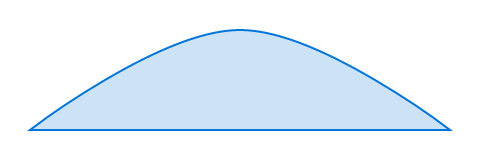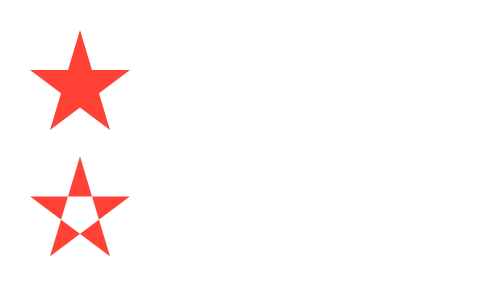pathElement the path function is deprecated, use curve instead; it will be removed in Typst null
A path through a list of points, connected by Bézier curves.
Example
#path(
fill: blue.lighten(80%),
stroke: blue,
closed: true,
(0pt, 50pt),
(100%, 50pt),
((50%, 0pt), (40pt, 0pt)),
)

Parameters
fill
How to fill the path.
When setting a fill, the default stroke disappears. To create a rectangle with both fill and stroke, you have to configure both.
Default: none
fill-rule
The drawing rule used to fill the path.
 View example
View example
// We use `.with` to get a new
// function that has the common
// arguments pre-applied.
#let star = path.with(
fill: red,
closed: true,
(25pt, 0pt),
(10pt, 50pt),
(50pt, 20pt),
(0pt, 20pt),
(40pt, 50pt),
)
#star(fill-rule: "non-zero")
#star(fill-rule: "even-odd")

| Variant | Details |
|---|---|
"non-zero" | Specifies that "inside" is computed by a non-zero sum of signed edge crossings. |
"even-odd" | Specifies that "inside" is computed by an odd number of edge crossings. |
Default: "non-zero"
stroke
How to stroke the path.
Can be set to none to disable the stroke or to auto for a
stroke of 1pt black if and only if no fill is given.
Default: auto
closed
Whether to close this path with one last Bézier curve. This curve will take into account the adjacent control points. If you want to close with a straight line, simply add one last point that's the same as the start point.
Default: false
vertices
The vertices of the path.
Each vertex can be defined in 3 ways:
- A regular point, as given to the
lineorpolygonfunction. - An array of two points, the first being the vertex and the second being the control point. The control point is expressed relative to the vertex and is mirrored to get the second control point. The given control point is the one that affects the curve coming into this vertex (even for the first point). The mirrored control point affects the curve going out of this vertex.
- An array of three points, the first being the vertex and the next being the control points (control point for curves coming in and out, respectively).